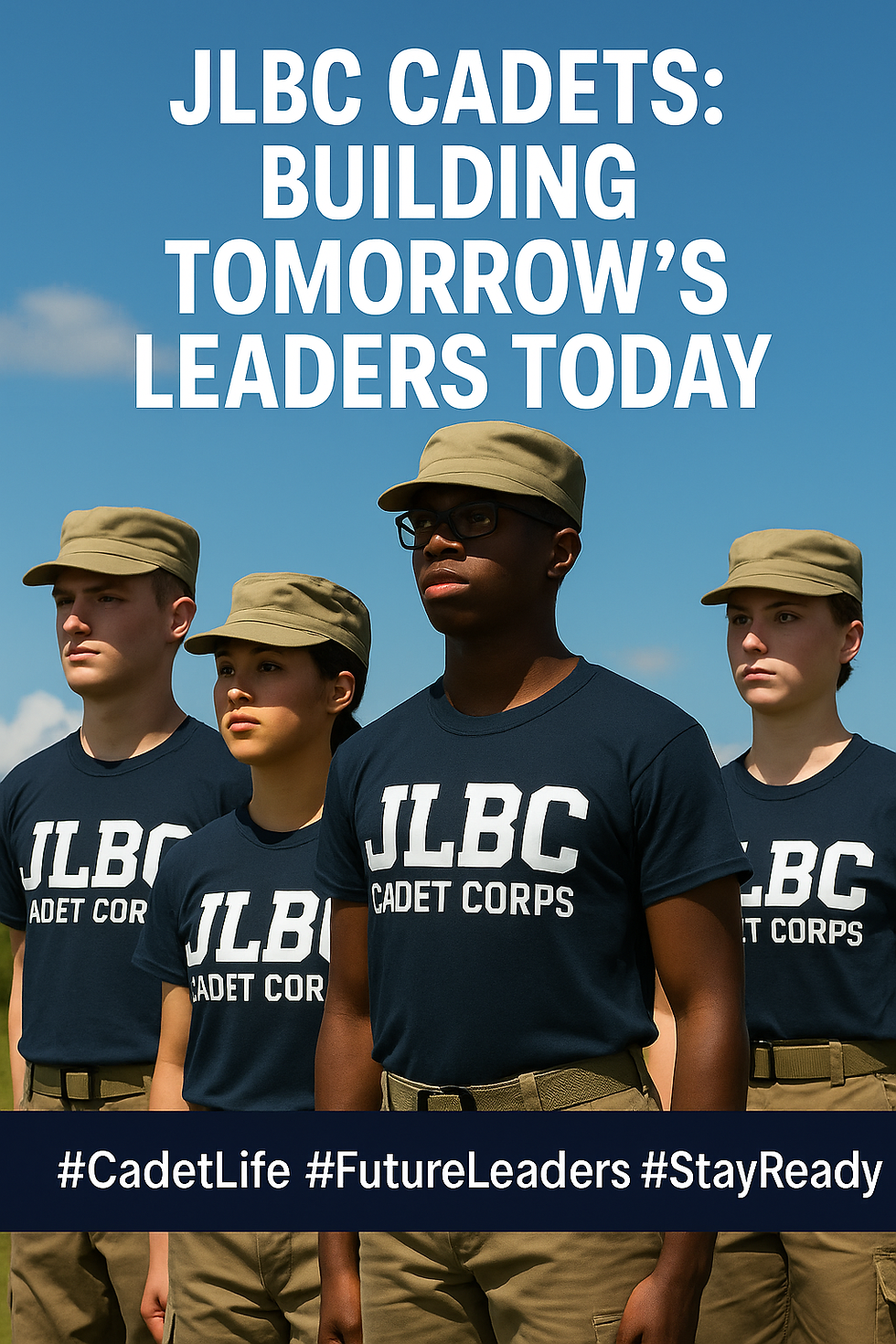What the Public Gets Wrong About Veteran Advocacy
- Kirk Carlson
- Jul 15
- 3 min read

Veteran advocacy is often misunderstood by the general public. While many Americans express respect for veterans and support “the troops” in theory, they rarely grasp the full scope of what it means to advocate for veterans in practice. Public narratives tend to oversimplify complex issues, reduce veterans to stereotypes, or politicize their needs. These misconceptions not only distort the truth—they delay real change. Here’s what the public frequently gets wrong about veteran advocacy:
1.
Thinking It’s Only About Benefits
One of the biggest misconceptions is that veteran advocacy is only about increasing VA benefits. While compensation and healthcare access are important, effective advocacy reaches far beyond that. It involves pushing for:
Mental health reform and trauma-informed care
Accountability for military discharge policies
Employment and housing access
Family and caregiver support
Transition assistance and reintegration programs
Veteran advocacy is about justice, dignity, and long-term stability—not just checks and clinics.
2.
Assuming All Veterans Are the Same
The media often paints veterans as either heroes or victims—but real advocacy recognizes that veterans are as diverse as the country they served. Some are disabled, some are thriving professionals, some are struggling with PTSD, some are student parents. Their needs vary based on race, gender, sexual orientation, disability status, and life circumstances.
Oversimplifying veterans erases the struggles of marginalized service members and leads to one-size-fits-all policies that don’t work.
3.
Believing the Government Always Does Enough
There’s a false sense of security that the Department of Veterans Affairs and Department of Defense will take care of veterans. But bureaucracy doesn’t guarantee justice. Many veterans face:
Medical delays
Wrongful discharges
Denied disability claims
Retaliation for reporting injury or identity-based discrimination
Advocacy demands vigilance. It often involves challenging the very institutions that were supposed to provide care in the first place.
4.
Confusing Patriotism with Silence
True patriotism means standing up for veterans—even when it means confronting uncomfortable truths about the military or the government. Advocacy is not un-American. It’s the most American thing a citizen can do: holding our nation to the promises it made to those who served.
5.
Minimizing the Need for Reform
Some people think veteran issues are already “handled.” But without grassroots advocacy, many reforms would never happen:
The expansion of Agent Orange coverage for Vietnam veterans
The repeal of “Don’t Ask, Don’t Tell”
The PACT Act for toxic exposure
Ongoing legal battles for military sexual assault survivors and disabled service members
Progress is never automatic. It requires advocates who speak up, show up, and won’t back down.
6.
Assuming It’s Just for Veterans to Fix
Many assume veterans should “just go to the VA” or “join a group” to fix their problems. But the truth is, civilians, family members, professionals, and communities must be part of the solution. Veteran advocacy is a shared responsibility—because our military is made up of our neighbors, our classmates, our relatives.
Final Thoughts: Advocacy Is Action
Wearing a flag pin is nice. Saying “thank you for your service” is polite. But real veteran advocacy means:
✅ Calling your elected officials
✅ Signing petitions
✅ Donating to veteran-led nonprofits
✅ Volunteering your skills
✅ Listening to veteran voices—and amplifying them
At its core, veteran advocacy is about honoring service with substance. It’s about refusing to let those who served be forgotten, mistreated, or discarded.
Because when the uniform comes off, the fight for justice begins—and it’s one we must all be willing to join.
✊ Learn more and get involved with Covenant of Courage and the #ReasonableRanks campaign at:
📩 Email: support@reasonableranks.org
📢 Sign the petition: https://chng.it/5yXYvkBtMR





Comments